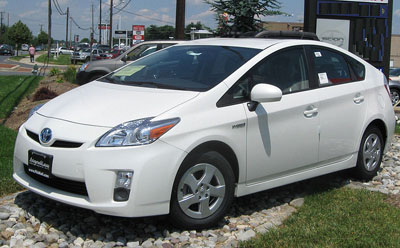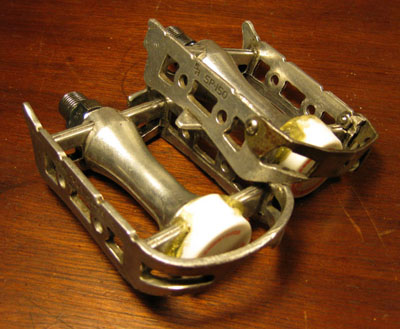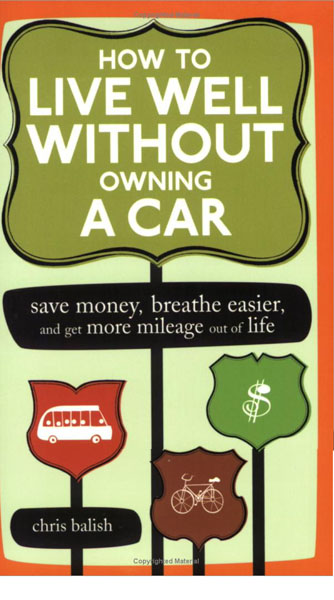‘Share the road!’
August 5th, 2009No, that wasn’t me shouting at some lunatic driver. It was a lunatic driver — in a Prius — shouting at me after she’d nearly run me over.
Like so many altercations, this came out of pretty much nowhere. I was the first one to a T-shaped intersection, turning left. I pulled forward, signaling my intentions and waiting for a break in traffic, which was mostly going to my left. As I waited, a Prius appeared behind me and immediately pushed out into the intersection and started to turn right — into me.
I briefly panicked, but thankfully someone stopped and I was able to quickly cross to safety. I looked back and shot the driver a glance, but if I was looking for vindication, no luck. “Share the road!” she shouted back, zooming off with a gas-and-battery-powered squeal. “Get it? Share the road!!!” And with that she was gone, the two kids in back unsure what to think about the maniac who’d suddenly replaced their mother.
So what’s wrong here?
For starters, last I recall, “Share the road” is aimed at drivers, not bicyclists. We two-wheelers have to respect of the rights of others, of course, but drivers are the ones in the multi-thousand-pound steel cages, able to take all the room they want with a punch on the gas or a twist of the wheel. Bicyclists may be able to thread their way through traffic, but if drivers want a lane, they get it.
Second, as I firmly believe, cars have an amazing power to turn perfectly sane people into dangerous jerks. To some people a gas pedal is a drug: Once you’ve had a hit, you want more and no one can stop you. And having all that metal around you makes you feel invulnerable, no matter what the truth of the matter is. It’s a little about being at home, yelling at the TV, but instead you’re in public and are piloting a potentially deadly weapon. A curse here or a gesture there, and pretty soon you have a body or two on your hands.
I got to work safely, but was in a bleak mood all day. It was just a routine dust-up in the mean streets of Cambridge, but what got to me was the choice of insult, the car, and what it supposedly represented. I’m pretty hardened, but you’d think that if someone was driving a Prius there’s be some degree of social consideration. Nope.
So, be ready. Even after we melt down the last Hummer, switch to all electric cars, and power everything with windmills, drivers are still going to be jerks. Environmentally clean cars may be desperately needed, but they aren’t likely to make drivers any more considerate or more sharing — and yes, that word is for them.






